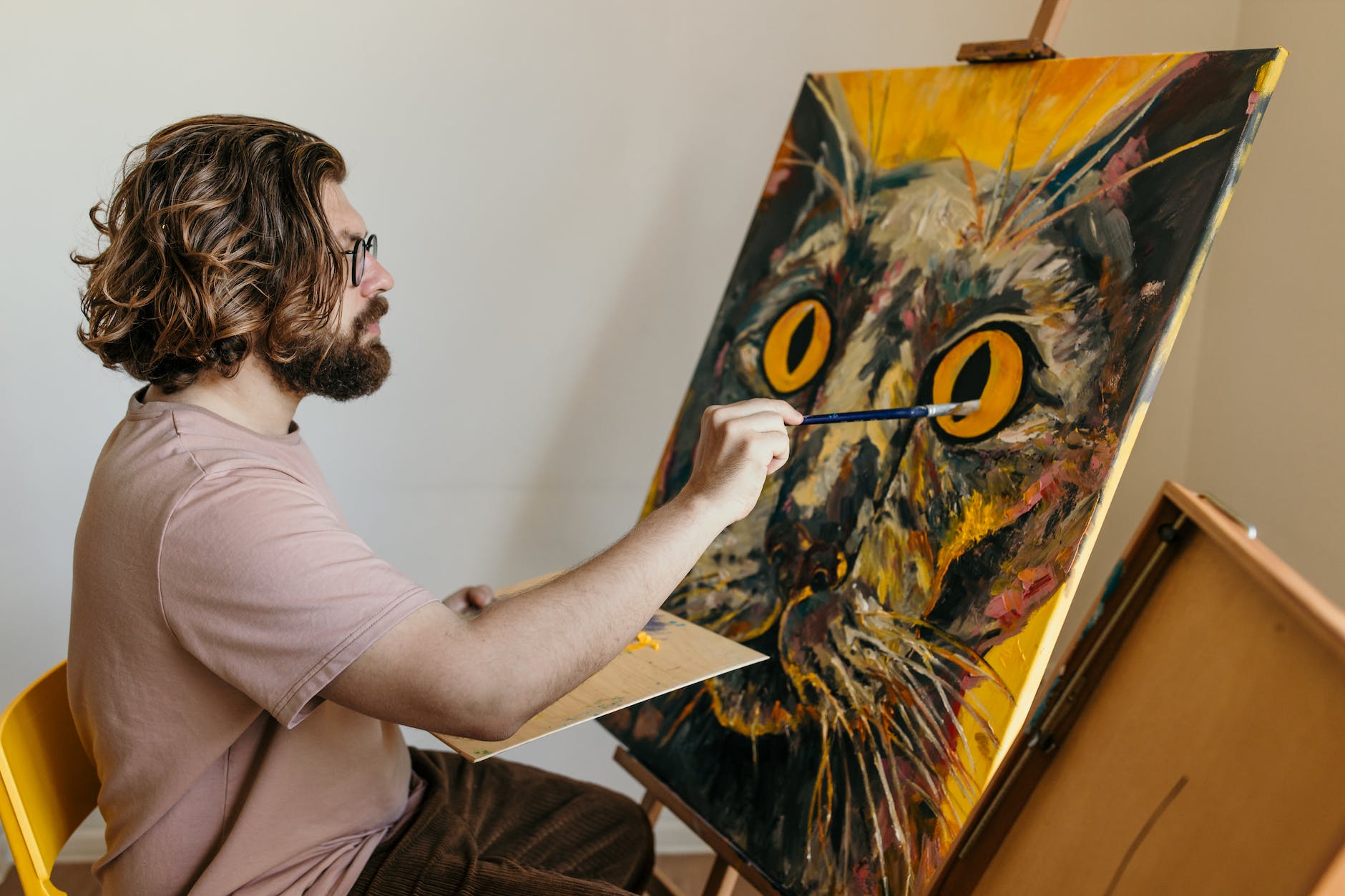Psychedelic art, with its vibrant colors, intricate patterns, and seemingly limitless potential for creativity, has a certain mesmerizing quality. It captivates viewers with a visual discourse that can be both immensely profound and deeply personal. While the aesthetic appeal of psychedelic art is undeniable, what is perhaps less well-known is its therapeutic potential. A concerted blend of art therapy, mental health, and the psychedelic experience, psychedelic art can be a powerful tool for healing, self-expression, and promoting overall emotional well-being.
Psychedelic art finds its origins in the psychedelic experiences people have during altered states of consciousness, often induced by certain substances, such as LSD or psilocybin. These encounters often leave a vivid, vibrant, and impressionistic mark on the psyche, which can be expressed through art. The art therapy approach that accompanies these experiences may vary from one person to another, but it generally revolves around overcoming emotional barriers, fostering introspection, and spurring creativity.
For many individuals struggling with mental health issues, the traditional modes of therapy can often seem daunting and overwhelming. Psychedelic art therapy, on the other hand, can provide a more approachable option by bridging the gap between words and feelings. This form of therapy allows individuals to externalize and visualize their emotions, fostering a greater sense of understanding and empathy towards oneself.
One of the key components of psychedelic art therapy is the promotion of self-expression. Traditional therapy often relies on verbal communication – talking about one’s feelings, experiences, and traumas. However, psychedelic art allows someone to express these often difficult-to-articulate emotions into a tangible, visual form. As a result, this process can lead to greater emotional balance and improved mental health.
This process of self-expression also creates a safe and creative space for introspection. The act of creating art can lead to self-reflection, allowing individuals to explore and understand their thoughts and feelings deeply. As explained by psychologists, introspection is an essential part of improving emotional well-being. By using psychedelic art as a medium for introspection, individuals can better understand their emotions, leading potentially to healthier coping mechanisms, improved resilience, and greater emotional stability.
The healing potential of psychedelic art extends beyond the individual. It can also have a community or social impact, breaking down barriers of communication and understanding. Visual representations of mental health experiences can generate open and empathetic conversations and in doing so, challenge the stigma often associated with mental health issues on a wider societal level.
As we delve deeper into the realm of psychedelic art as a therapeutic tool, it is crucial to note that it is not intended to replace traditional therapy or medication but to complement and enhance these modes of treatment. The research on its efficacy is still in its infant stages and more studies are needed to further validate its potential.
Nonetheless, the prospect of combining creativity with therapy in this unique manner holds immense promise. Psychedelic art therapy connects cognitive therapy with creativity, allowing individuals to explore their own mental landscapes in a constructive and therapeutic manner. In this way, it can serve as an empowering tool, enabling individuals to take active roles in their own healing and emotional well-being.
In conclusion, the therapeutic potential of psychedelic art lies in its ability to harness the power of artistic expression to facilitate healing, introspection, self-expression, and emotional adjustment. It is a vivid testament to the boundless capabilities of the human mind and the diverse pathways to improved mental health and emotional well-being.
It’s a colorful journey to self-discovery and healing—one filled with intricate patterns and kaleidoscopic visions—and one that promises to continually offer new insights into the complex landscape of human psychology. As we continue to explore this realm, one cannot help but be enthralled by the sheer potential of this emerging discipline—to not only heal but transform lives.




